January 17, 2011
Japanese researchers will launch a project this year to resurrect the long-extinct mammoth by using cloning technology to bring the ancient pachyderm back to life in about five years time, a report Monday said.
The researchers will try to revive the species by obtaining tissue this summer from the carcass of a mammoth preserved in a Russian research laboratory, the Yomiuri Shimbun reported.
"Preparations to realize this goal have been made," Akira Iritani, leader of the team and a professor emeritus of Kyoto University, told the mass-circulation daily.
Under the plan, the nuclei of mammoth cells will be inserted into an elephant's egg cells from which the nuclei have been removed to create an embryo containing mammoth genes, it said.
The embryo will then be inserted into an elephant's womb in the hope that the animal will eventually give birth to a baby mammoth. Researches hope to achieve their aim within five to six years, the Yomiuri said.
The team, which has invited a Russian mammoth researcher and two US elephant experts into the project, has already established a technique to extract DNA from frozen cells.
The researchers had once given up similar plans after nuclei in the cells of mammoth skin and muscle tissue were damaged by ice crystals and proved unusable.
However, another Japanese researcher, Teruhiko Wakayama of the Riken Centre for Developmental Biology, succeeded in cloning a mouse from the cells of another that had been kept in deep-freeze for 16 years.
Based on Wakayama's techniques, Iritani's team devised a method to extract the nuclei of mammoth eggs without damaging them.
"If a cloned embryo can be created, we need to discuss, before transplanting it into the womb, how to breed [the mammoth] and whether to display it to the public," Iritani said.
"After the mammoth is born, we will examine its ecology and genes to study why the species became extinct and other factors."
More than 80 percent of all mammoth finds have been dug up in the permafrost of the vast Sakha Republic in eastern Siberia. The most perfectly preserved remains of the Ice Age mammals still have hair and internal organs.
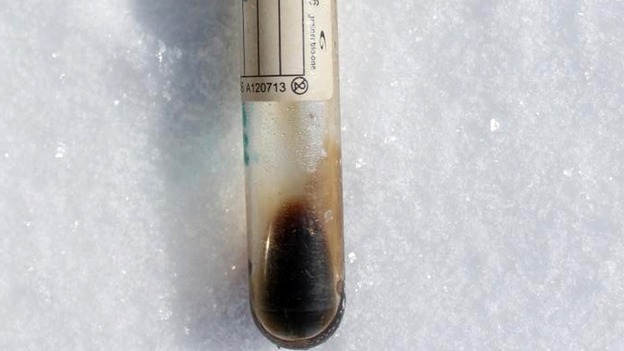

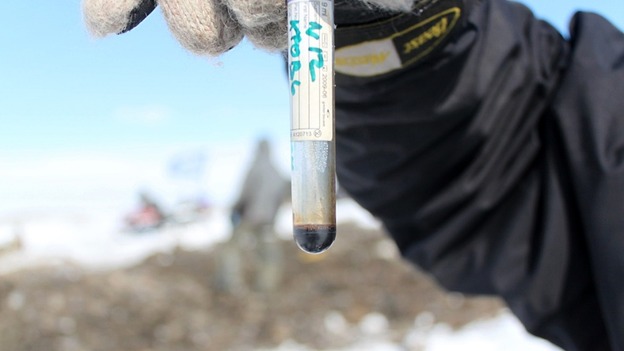
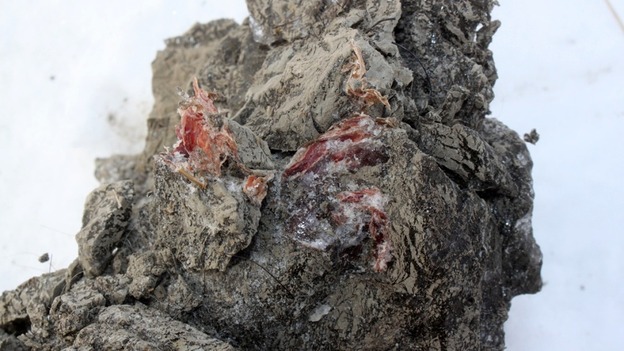
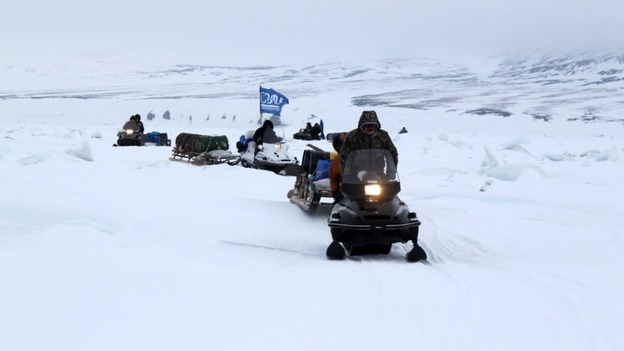




 Reply With Quote
Reply With Quote

 NEFU scientists have discovered a female mammoth. Image: North-Eastern Federal Univ.Members of a paleontological expedition from
NEFU scientists have discovered a female mammoth. Image: North-Eastern Federal Univ.Members of a paleontological expedition from 


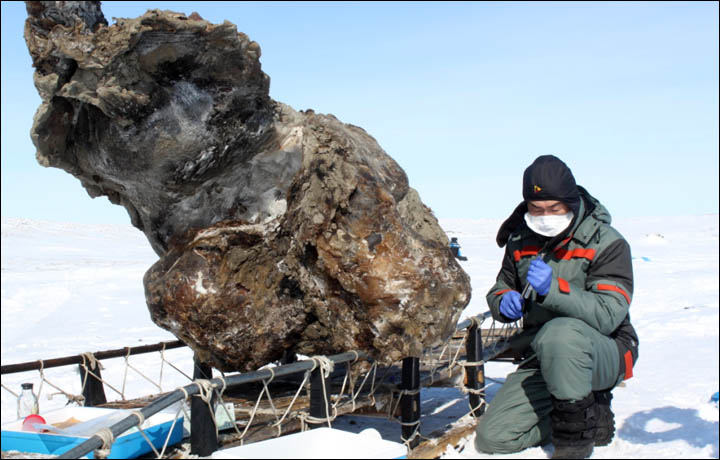
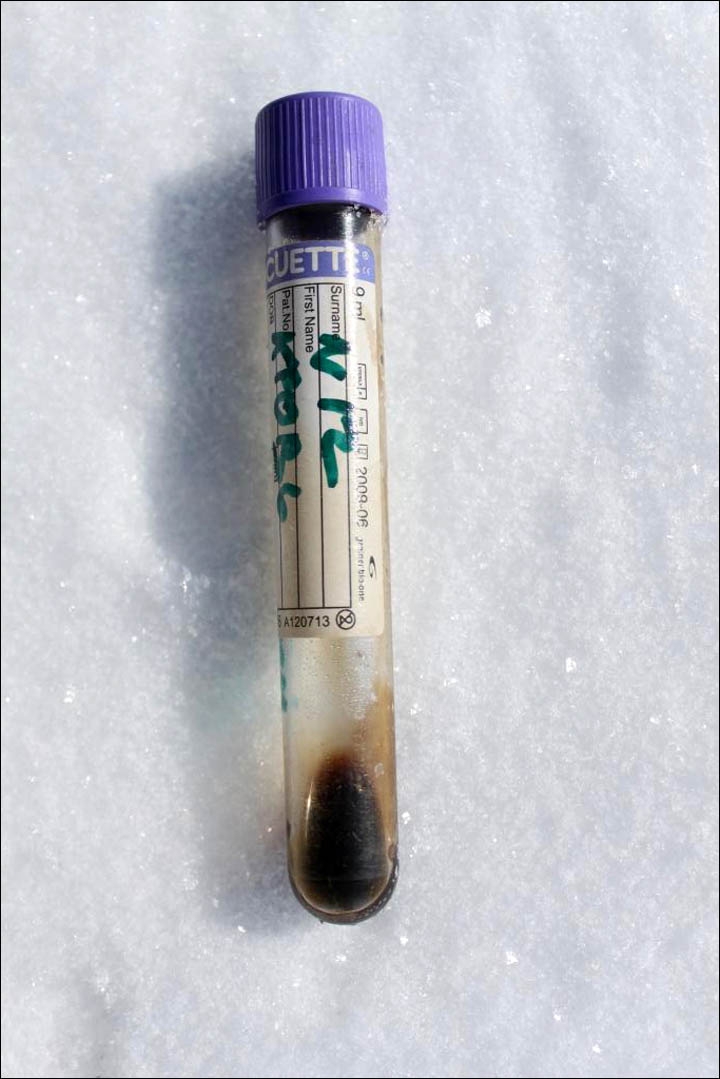
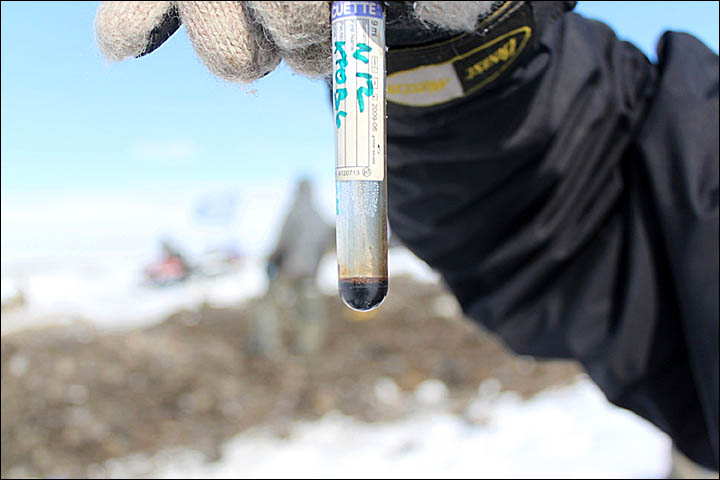
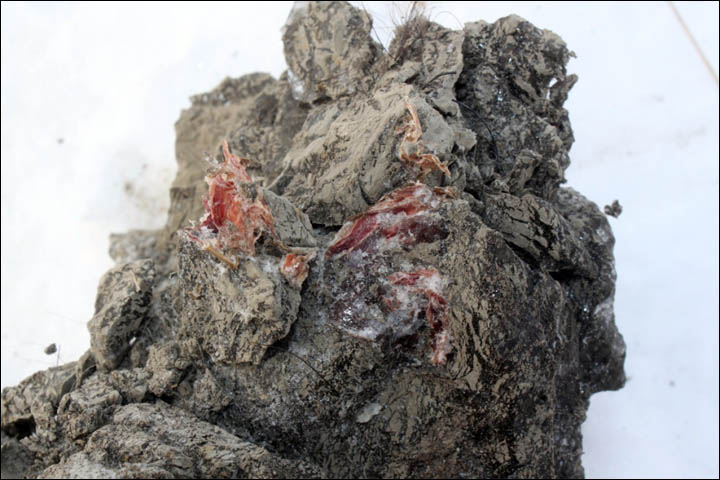
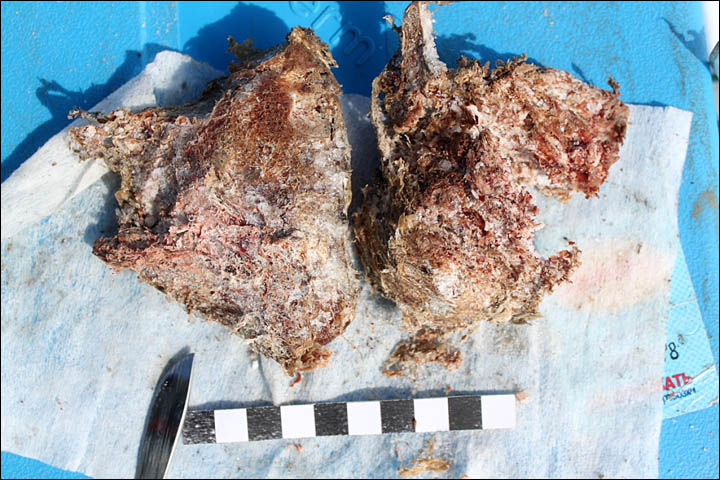
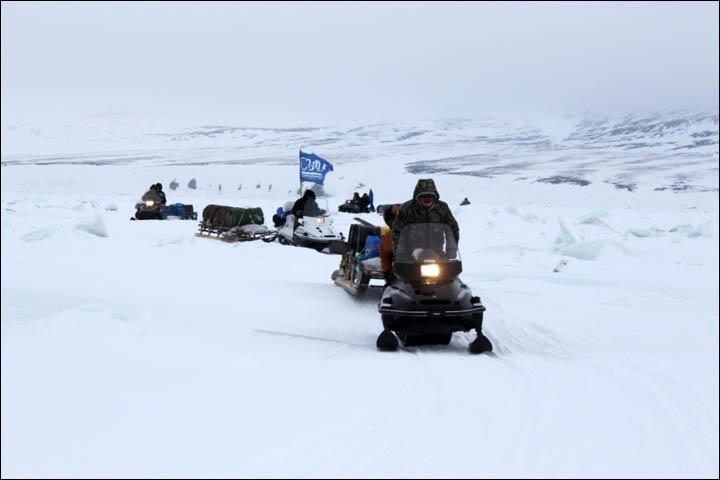
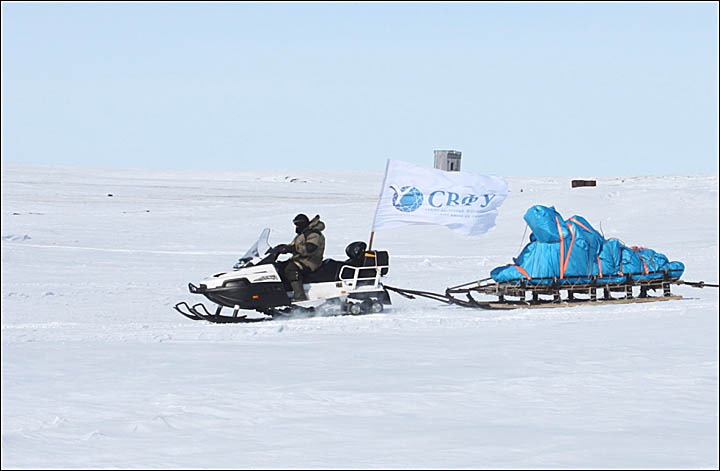


Bookmarks